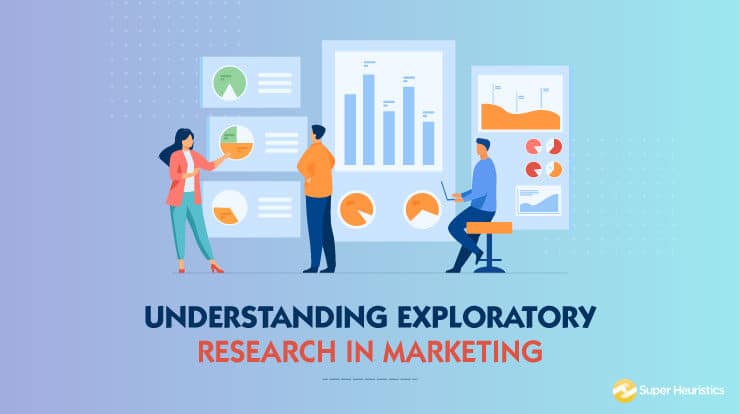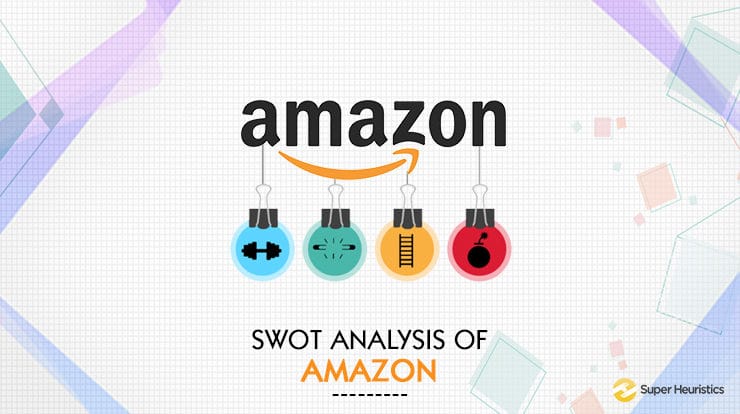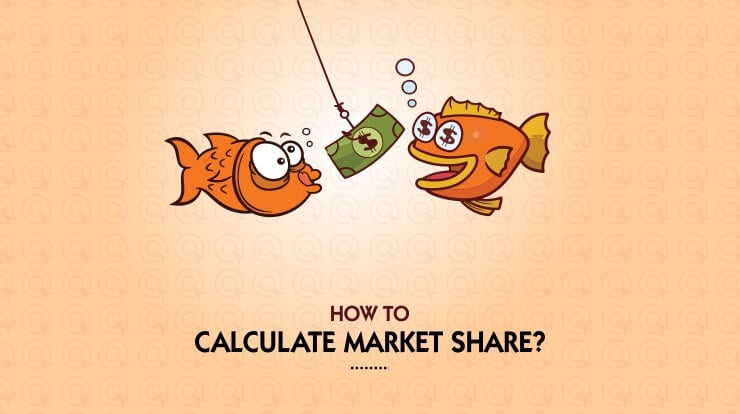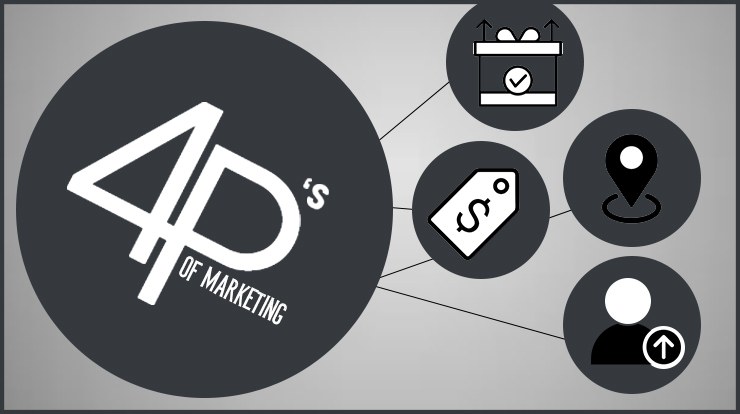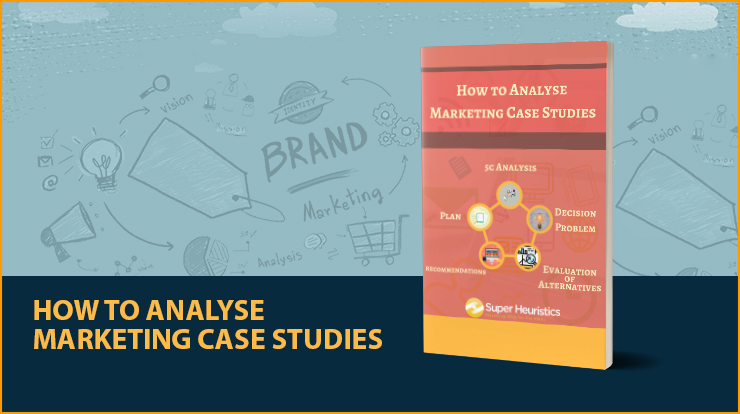
Let no man ever contemplate an act ill-conceived and ill-considered, ill-done without proper scrutiny. Inspect a matter with utmost care before reaching conclusions and rushing into actions; else, bitter remorse is let loose.
Panchtantra
While I quote this piece from the much celebrated Panchtantra, I am beginning to realize that all of us have grown up listening to or reading case studies. Almost all of us have had the Ramayana or Mahabharata been read to us at home in our younger days.
What followed up the narration was a quick sum-up of what were the learnings and the outcomes. Further, directly or indirectly, you were expected to follow these learnings and lead a more principled life.
Download Now: The Beginner’s Guide to How to Analyse Market Case Studies
Twenty years hence from then, you are at a B-school where they swear by their case study based pedagogy. And it’s no surprise.
Harvard Business School, often regarded as the pioneer and the promoter of the case study method, gives case study the importance that it should definitely get.
Majority of the courses there in the MBA program at HBS have as much as 50% weightage to class participation.
All of this is true in the Indian B-school context as well. And if you are still with me, you are on the lookout for a way to really make the most of the case studies that you get in your B-school.
And in this post, through my FREE E-book on How to Analyse Marketing Case Studies, I will document exactly those nuances that will help you get the best out of your case based learning experience.
Why Analyse Marketing Case Studies?
Go into the history of any domain, be it management, science or art, and you would notice that the organized structure that any subject has today, in this date, is not the result of any one person’s effort.
‘If I have seen further it is by standing on the shoulders of giants’
Sir Isaac Newton
In fact, Sir Isaac Newton himself said ‘If I have seen further it is by standing on the shoulders of giants’, thus explaining that all the achievements that are credited to his being were only made possible by virtue of the work of earlier scholars.
Each piece of theory got more distilled, got arranged and rearranged and put into its current form by one visionary followed by another.
The case in point is Marketing. I mentioned it in my post titled ‘But really, what is Marketing?’ the reason why Philip Kotler is so highly regarded in our domain. That is because of his herculean effort of bringing the entire marketing knowledge, which was seriously abstract at one point of time and to neatly compartmentalize it in chapters that we learn today – almost as if we are popping capsules.
The point is if we do not learn from what has transpired in the past, the knowledge that has been gained from past experiences, we will always be guilty of reinvention.
As MBAs, your job is not to create knowledge, it is, for that matter, to utilize previous knowledge and operate in that business setting.
A case study serves exactly that purpose. It puts across the industry knowledge which someone, somewhere created from his or her experiences from the industry.
How to Analyse Marketing Case Studies
While almost all the faculty members from whom I sought an advice from in this regard suggested absolutely legitimate and beneficial methods of going about the analysis. But I could never really find any of those suggestions to be plausible in my context, primarily because of the time constraints that I had as an MBA student.
In fact, talking about time constraints, any MBA student at Harvard Business School goes through about 500 case studies in the entire duration of the two year program. And so would you.
After having gone clueless for months and months together about how to really go about analyzing a case study, I came across certain faculty members, the great Prof. Prantosh Banerjee being one of them, that had shared valuable pieces of advice that resonated with me.
When my friends and I applied those suggestions for analyzing the cases in our subjects, particularly Consumer Behaviour, we came across the realization that this is probably the best way to analyze any simple or complex case.
This was purely because of the kind of clarity these methods gave us, and the great takeaways that the analysis had for us.
So recently, I sat down, spared a few hours each day and compiled this ebook, ‘The Beginner’s Guide to How to Analyse Marketing Case Studies’.
And today, it is there for you to take the advantage from it.
The e-book is long and detailed, primarily due to my enthusiasm of finally finding ‘the’ analysis methods that I was looking for, and also because in the ebook I dealt with a lot of other aspects that I deduced from my experiences.
In this e-book, I explain in detail a little pre-work that you must do before you actually start reading the case (it hardly takes 2 minutes), and all the important things you must do while reading it and once you have done reading it.
I went beyond that and I structured the book to tell you how you can present your case study analysis comprehensively in just 5 slides. That’s right, just 5 slides.
You will never be running for more time the next time you need to prepare a case presentation in marketing. All you need is these 5 slides that you need to make and you will be the one who makes the maximum impact.
I share with you this e-book here, reminding you that while it is detailed, it is absolutely free. Free for you and free for any other B-school students across the world.
Get your copy right now and start reading it. You will not have to go far, not more than 2 or 3 pages to understand whether you like the book or not. If you do, then I can’t be more sure about how it is going to bring a difference to the way you analyze case studies.
Make sure you write to me on darpan@superheuristics.com to let me know your comments on the e-book. Or just write in a comment on this post and let me know what you think.


